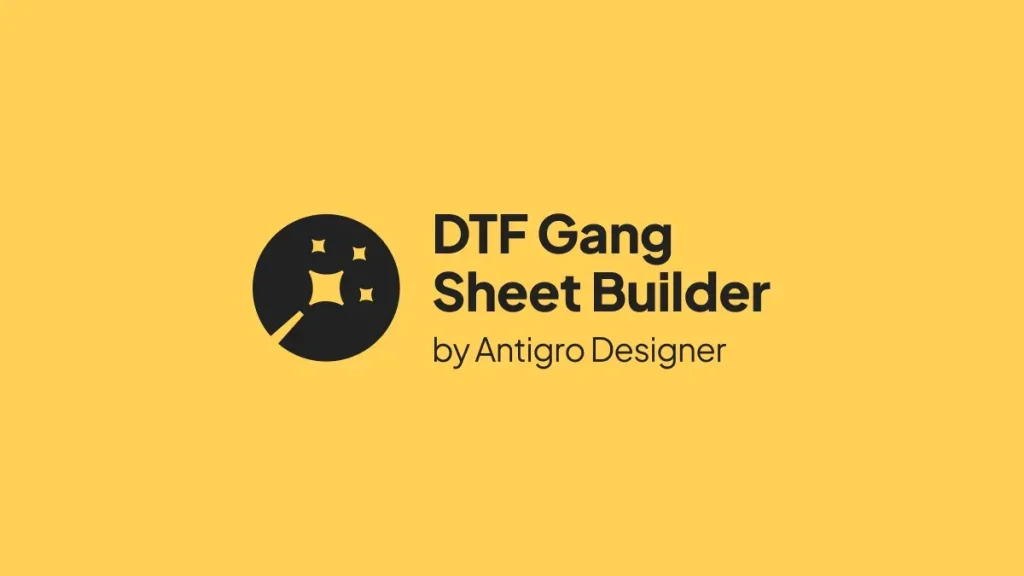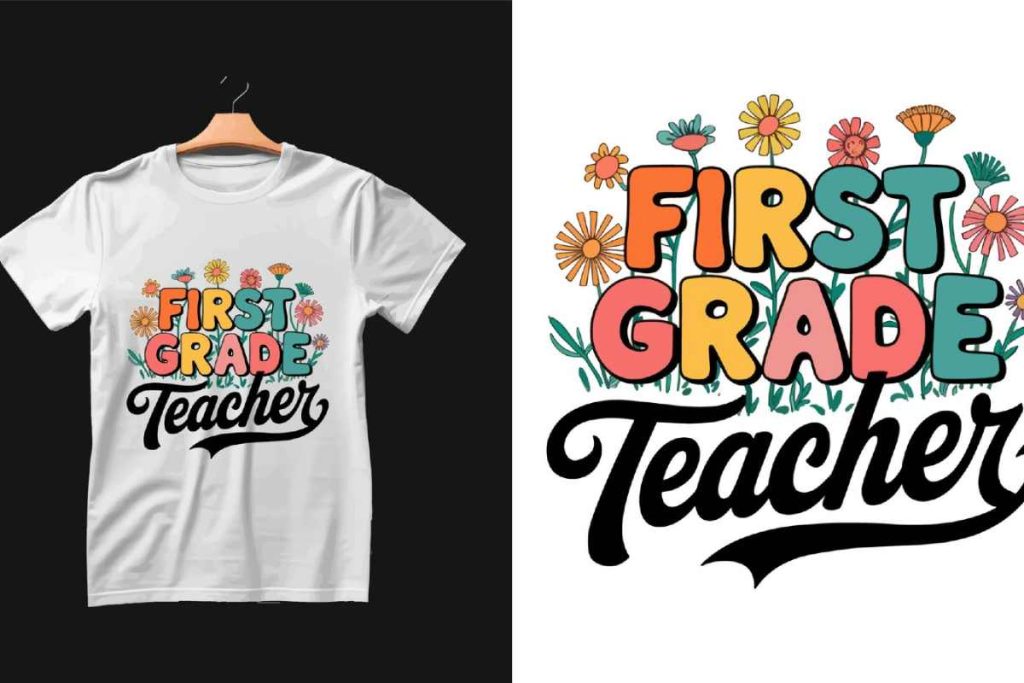DTF gangsheet builder has become a game-changing tool for on-demand apparel shops seeking to cut waste, speed up production, and boost margins. By arranging multiple designs on a single transfer sheet, it maximizes ink usage and minimizes setup time, a core benefit that resonates with DTF printing ROI considerations. Using a gangsheet workflow optimization approach helps you plan layouts, reduce wasted material, and improve scheduling reliability across your DTF printing business. This post breaks down what it does, how it can affect DTF gangsheet cost and profitability, and why it matters for profitability. Whether you’re just starting or expanding, adopting this tool can help you reduce waste, shorten lead times, and deliver more predictable results.
From a different angle, this tool helps garment printers maximize fabric transfers by bundling designs on one sheet, boosting throughput. In other words, it aligns creative layouts with production planning to reduce material waste and shorten turnaround. You can also view it as a workflow optimization for transfer printing, integrating color management and printer automation. As you compare options, consider terms like DTF sheet optimization, batch transfer planning, and ROI impact on your apparel business.
DTF gangsheet builder: Maximizing material use and throughput
Using a DTF gangsheet builder lets you bundle multiple designs on a single transfer sheet, slashing wasted substrate and reducing ink skew. By planning layouts with nesting and automatic spacing, you can increase prints per sheet and smooth your production flow. This is the essence of gangsheet workflow optimization: fewer heat presses, less handling, and more consistent output from every run.
Beyond material savings, the builder enables predictable production schedules. Teams can batch similar jobs, schedule curing windows, and drive higher throughput without sacrificing quality. In terms of the DTF printing business, this translates into faster quotes, shorter lead times, and more capacity to take on larger orders.
DTF printing ROI: Measuring profitability from gangsheet optimization
DTF printing ROI is the north star for shops adopting gangsheet optimization. ROI isn’t just a math number; it’s the combination of throughput gains, waste reductions, and improved labor efficiency. By stacking designs, you reduce per-unit setup and rework, which improves margins.
A baseline ROI model considers additional daily output, profit per unit, and incremental consumables. In practice, many shops see ROI measured in months, not years, when layouts are optimized and staff are trained to use the DTF gangsheet system.
DTF gangsheet cost and total cost of ownership for shops
DTF gangsheet cost must be weighed against long-term savings. The cost categories include software or hardware licensing, onboarding, and potential integration fees. You’ll typically pay upfront and ongoing subscription, with additional investments for printers, RIPs, or automation tools.
Although spending on a DTF gangsheet cost might seem daunting, the payback comes from reduced waste, fewer heat-press changes, and higher throughput. Plan for maintenance and consumables; even with cost reductions, ink and transfer sheets may trend higher during ramp-up, but ROI improves as volumes scale.
DTF printing business growth through efficient gangsheet workflow optimization
In the DTF printing business, gangsheet workflow optimization can transform scheduling reliability and order visibility. When layouts are planned in advance and batch-printed, lead times shrink, customer commitments are more solid, and repeat orders grow.
With a well-implemented workflow, you can take on bigger projects or rush jobs while maintaining margins. The overall effect is a stronger competitive position because you can offer faster turnaround, predictable pricing, and consistent quality across multiple designs.
Choosing the right DTF gangsheet solution for your equipment and scale
Choosing the right DTF gangsheet solution requires assessing layout intelligence, color management, and printer/RIP compatibility. Look for tools that auto-nest designs, preserve color integrity, and easily export production-ready files. Ensuring the solution supports your existing DTF gangsheet workflow is essential for a smooth rollout.
Evaluate scalability and automation, such as CSV/JSON order imports and batch processing. Consider starting with a pilot batch to measure waste, color accuracy, and throughput. A thoughtful selection supports the DTF printing business by providing longer-term ROI and lower risk when upgrading equipment or adding printers.
Practical steps to implement a gangsheet strategy and track metrics
Practical steps to implement a gangsheet strategy include a controlled pilot batch, standardized templates, and regular layout reviews. Track metrics such as throughput, material usage, labor hours, and defect rates to quantify improvements in DTF printing ROI and overall profitability.
A training plan that crosses operators, designers, and production planners helps stabilize gains from gangsheet workflow optimization. Tie improvements to real orders and use data to refine spacing, color profiles, and automation rules, ensuring sustained benefits for the DTF printing business.
Frequently Asked Questions
What is a DTF gangsheet builder and how can it improve DTF printing ROI?
A DTF gangsheet builder is software and workflow that plans and lays out multiple designs on a single transfer sheet. By maximizing ink usage, reducing setup time, and enabling batch transfers, it speeds production and lowers per-unit costs, boosting DTF printing ROI for your shop.
What does a DTF gangsheet cost typically involve, and is the investment justified by DTF printing ROI?
Costs include software/hardware licenses or subscriptions, training, consumables, and potential upgrades. While upfront spending exists, the gains in throughput and waste reduction often deliver a favorable DTF printing ROI within months.
How does gangsheet workflow optimization benefit the DTF printing business?
Gangsheet workflow optimization reduces idle time by planning layouts, automating nesting, and streamlining color changes. For a DTF printing business, this translates to faster turnaround, predictable schedules, and higher margins across jobs.
What features should I look for in a DTF gangsheet builder to maximize profitability?
Key features include layout intelligence with automatic nesting, robust color management, printer and RIP compatibility, scalability for multiple printers, and automation options for imports/exports and production triggers. These drive efficiency and higher margins in the DTF printing business.
How does adopting a DTF gangsheet builder affect waste, throughput, and costs, and what is the impact on DTF printing ROI?
Expect lower substrate and ink waste, higher throughput, and reduced setup time, which lowers per-unit costs. When aligned with pricing and volumes, these improvements enhance DTF printing ROI and shorten payback.
What steps should a DTF printing business take to start implementing a gangsheet workflow optimization with a DTF gangsheet builder?
Begin with a pilot batch of related designs, build standardized templates for common garments, validate order data, train staff, and track metrics like throughput and waste. Then gradually scale to more designs and printers as gains materialize.
| Topic | Key Points |
|---|---|
| What is a DTF Gangsheet Builder? | Software and workflow that plans, optimizes, and prints multiple designs on a single transfer sheet to maximize ink usage and minimize setup time; enables batch printing instead of one-at-a-time. |
| Why a Gangsheet Makes Sense for DTF Printing | Improves material efficiency (more prints per sheet), reduces setup time, and provides better lead-time control for predictable production and improved customer satisfaction. |
| Cost Considerations | Includes software/hardware costs, training, consumables and maintenance, and possible hardware upgrades; upfront licensing or subscription fees; ongoing training; potential increases in ink usage but overall waste reduction. |
| ROI of a DTF Gangsheet Builder | Increased throughput, reduced waste, better labor efficiency, and improved quoting accuracy raise margins. A simple ROI model compares incremental profit against total gangsheet costs, often showing payback in months with proper training and layout optimization. |
| Choosing the Right DTF Gangsheet Builder | Look for layout intelligence, color management, printer/RIP compatibility, scalability, and export/automation features. Ensure compatibility with current hardware and growth potential for more complex layouts and additional printers. |
| Practical Tips to Get the Most from Your DTF Gangsheet Builder | Run pilot batches, create standardized templates, regularly review layouts, track throughput and material usage, and train the team across roles to maximize impact. |
| Real-World Benefits | Higher job throughput, lower per-unit costs, more accurate delivery estimates, ability to take on larger or rush projects, and a competitive edge from faster turnaround and better pricing. |
| Common Challenges and How to Overcome Them | Learning curve, data cleanliness, compatibility issues, and ongoing maintenance. Mitigate with structured onboarding, clean data feeds, compatibility checks, and scheduled software updates. |



